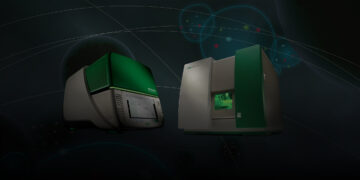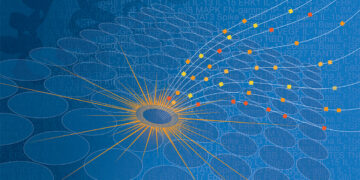
Advancing Oncology Research with Immune Response Studies: The Role of xMAP-Based Bio-Plex Multiplex Immunoassays

10 Key Factors for Achieving Accurate Cell Counts: Tips, Tricks, and Myths

Insights from Droplet Digital PCR World 2024
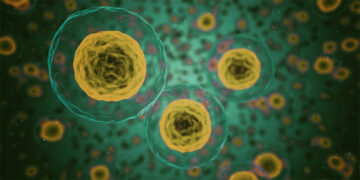
Developing Efficient Downstream Purification Processes for Bispecific Antibodies
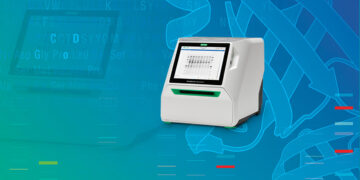
Introducing the ChemiDoc Go Imaging System: Modern Gel and Western Blot Imaging

Enhancing Biotherapeutic Purification Workflows with Mixed-Mode Chromatography

Assay Controls and Reference Gene Selection are Essential Elements of Your Real-Time PCR Reactions
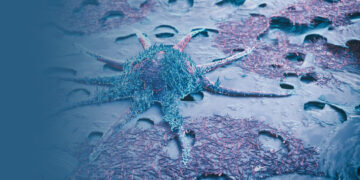
More to Learn from ESR1 Using ctDNA Analysis
BioRad.io Podcast Series
